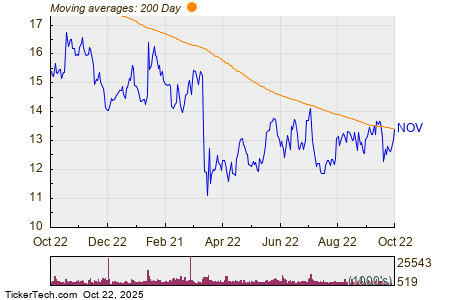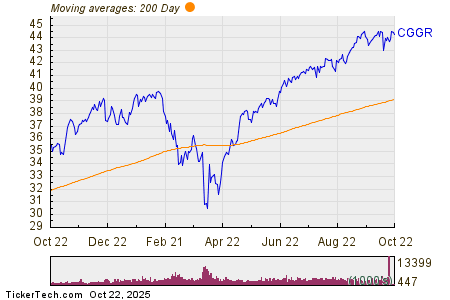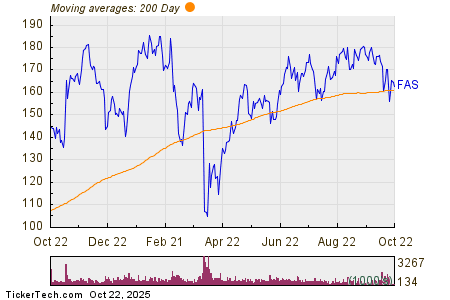Understanding Fiat Money: The Backbone of Modern Economies
Fiat money is currency that obtains its value from government declaration instead of being backed by physical commodities like gold or silver. Most current economies, including the U.S. dollar, euro, and Japanese yen, depend on this system. Its value hinges on public confidence in the government and the stability of the economy. Central banks utilize fiat currencies to manage the money supply and direct monetary policy. However, these currencies are susceptible to inflation and devaluation during economic fluctuations.
Consulting a financial advisor can help you align your investments with current monetary policies while protecting them against inflation and market changes.
What Is Fiat Money?
Fiat money derives its value from government authority rather than intrinsic worth or convertibility into tangible assets. Its value is based on public confidence and acceptance as a money medium within an economy.
This type of currency differs from commodity money, which has intrinsic value tied to the materials it contains, such as silver or gold coins. It also contrasts with cryptocurrency, which relies on supply and demand reflected in blockchain records.
The flexibility of fiat money enables governments and central banks to manage the money supply effectively, influencing interest rates and inflation through monetary policy measures.
Unlike commodity-backed currencies, fiat money lacks physical limits; thus, authorities can issue new currency as needed. This feature permits economies to grow beyond the constraints of physical assets, promoting complex financial systems and global trade, assuming public trust remains strong.
Examples of Fiat Money
Many leading global economies utilize fiat currencies as their main medium for exchange and a store of value. Although these currencies do not possess intrinsic worth, they gain trust through government backing and the issuing nation’s economic stability. They play a pivotal role in currency trading.
- U.S. dollar (USD): The U.S. dollar is a prominent example of fiat money, recognized globally as the primary reserve currency. It is widely accepted for both domestic and international transactions, playing a crucial role in global finance.
- Euro (EUR): The euro is used by 20 countries in the European Union, simplifying cross-border trade while serving as a major currency in international markets.
- Japanese yen (JPY): Japan’s official currency, the yen, is one of the most traded currencies worldwide, reflecting Japan’s strong economy.
- British pound (GBP): The UK’s British pound, the oldest currency in continual use, holds significant influence over international finance.
- Chinese yuan (CNY): As China’s official currency, the yuan is increasingly utilized in global trade, paralleling the growth of China’s economy.
- Canadian dollar (CAD): The Canadian dollar is trusted in international commodity markets, particularly in oil and mineral trades, due to Canada’s economic stability.
Pros of Fiat Money

Fiat money provides several advantages that foster economic stability and growth. Its flexibility, user-friendliness, and support for credit creation make it vital for trade, economic management, and long-term development.
Economic Flexibility
Governments and central banks can manage economic situations through monetary policy thanks to fiat money. Since it isn’t tied to physical commodities, authorities can modify the money supply to counter inflation, recession, or promote growth, utilizing tools like interest rate adjustments and quantitative easing.
Efficient Medium of Exchange
Fiat currency facilitates transactions as a broadly accepted exchange medium. It simplifies trade by replacing complex bartering and providing a stable measure of value, enhancing financial planning.
Credit Creation and Economic Growth
Fiat systems allow banks to lend beyond their reserves, stimulating consumer spending and business growth. This credit creation fosters economic advancement by financing substantial investments and infrastructure projects that drive long-term development.
Ease of Production and Management
Since fiat currency isn’t tied to limited resources like gold or silver, it can be produced as required to match the economy’s needs. This adaptability meets the demands of increasing populations and dynamic markets without necessitating new resource discoveries.
Durability and Practicality
Fiat money exists in both physical and digital forms, providing a robust and easily transferable medium. This versatility accommodates daily transactions, from cash payments to online transfers.
Cons of Fiat Money
While fiat money presents valuable flexibility and practicality, it also involves certain risks. Its value is heavily reliant on trust in the issuing government, and poor management can lead to economic instability or diminished purchasing power.
Inflation Risk
Fiat currencies face inflation risks as governments and central banks may expand the money supply without restrictions. Excessive money printing can devalue currency, eroding purchasing power and raising prices.
Risk of Devaluation
Pervasive economic or political instability may weaken trust in a fiat currency, leading to devaluation. If confidence in government management declines, exchange rates can plummet, raising import costs and straining international trade.
No Intrinsic Value
Unlike physical commodities, fiat currency lacks intrinsic value. Its worth is solely dependent on public trust and the issuing government’s stability, rendering it vulnerable to sudden confidence losses.
Potential for Mismanagement
With no ties to tangible resources, governments may misuse monetary tools, such as printing excess currency, resulting in economic challenges.
Understanding Fiat Money: Key Insights and Implications for Investors
Potential Risks of Fiat Money
Lowering interest rates carelessly can lead to significant economic issues. Poor monetary policies might trigger hyperinflation or create asset bubbles, causing instability in the economy.
Counterfeiting Threats
Despite the presence of security measures, fiat money is still vulnerable to counterfeiting. Both digital and physical currencies face risks from advanced fraud techniques, which can diminish trust and cause financial losses.
Key Takeaways

Fiat money serves as a currency backed by government authority instead of physical commodities. It plays a vital role in modern economies by enabling trade, supporting monetary policy, and facilitating credit creation. This flexibility allows governments to influence inflation and drive economic growth. However, such freedom can also lead to risks, including inflation and currency devaluation, if not managed responsibly. While fiat currencies simplify transactions and bolster financial systems, their value is ultimately grounded in public trust and overall economic stability. Despite its challenges, fiat money remains the prevailing form of currency in most global economies.
Investment Planning Suggestions
- Consider working with a financial advisor who can assist you in building an investment portfolio tailored to your goals. It’s easy to find a qualified advisor through SmartAsset’s free tool, which connects you with up to three vetted professionals in your area. You can even schedule a free introductory call to find the right fit for your financial needs.
- Utilize SmartAsset’s CD rate comparison tool to identify secure options that provide the highest returns for the cash segment of your investment portfolio.
Photo credit: ©iStock.com/damircudic, ©iStock.com/stockbusters, ©iStock.com/Maca and Naca
The post Fiat Money: Definition, Examples, Pros and Cons appeared first on SmartReads by SmartAsset.
The views and opinions expressed herein are the views and opinions of the author and do not necessarily reflect those of Nasdaq, Inc.









